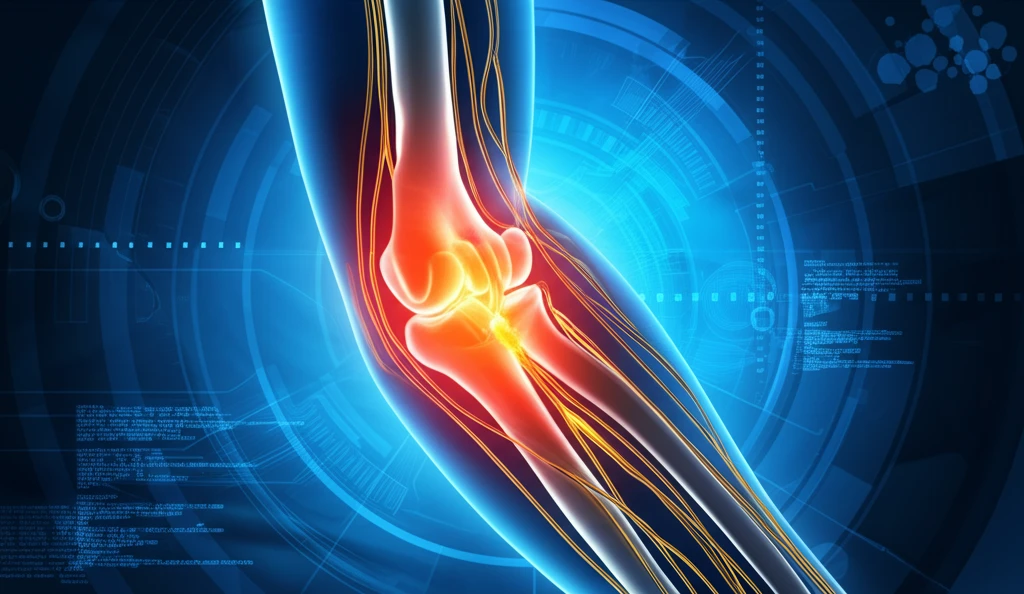
Unlocking Elbow Pain Relief: Surgical Insights into Nerve Compression
"Exploring innovative surgical techniques to alleviate median nerve compression at the elbow and restore functionality."
Elbow pain, often dismissed as a minor inconvenience, can significantly impact daily life, especially when caused by median nerve compression. This condition, characterized by pressure on the median nerve as it passes through the elbow, can lead to pain, numbness, tingling, and weakness in the forearm and hand. Understanding the causes, diagnosis, and treatment options for median nerve compression is crucial for those seeking lasting relief.
While conservative treatments like physical therapy and medication can provide temporary relief, surgical intervention may be necessary in more severe cases. Recent advancements in surgical techniques offer promising solutions for decompressing the median nerve and restoring functionality. One such technique involves the isolated section of the lacertus fibrosus, a fibrous band that can contribute to nerve compression.
This article delves into the surgical approach for treating median nerve compression at the elbow, focusing on the innovative technique of sectioning the lacertus fibrosus and highlighting the importance of accurate diagnosis and comprehensive care for individuals suffering from this debilitating condition.
Surgical Decompression: A Closer Look at Lacertus Fibrosus Section

The surgical release of the median nerve at the elbow involves carefully addressing the lacertus fibrosus, a common source of compression. The surgical team, led by A. Hamouya and colleagues, conducted a study involving 13 cases to evaluate the effectiveness of this isolated sectioning technique. The study included 12 patients (6 women and 5 men) with a mean age of 43 years, all experiencing symptoms of median nerve compression at the elbow. One patient presented with bilateral compression, resulting in a total of 13 affected nerves.
Embracing Innovation for Enhanced Recovery
The study underscores that median nerve compression at the elbow is often underdiagnosed and can be isolated or associated with carpal tunnel syndrome. Prompt and accurate diagnosis, combined with innovative surgical techniques like lacertus fibrosus section, can restore muscular strength and improve the quality of life for those affected by this condition. By staying informed and proactive, individuals experiencing elbow pain and related symptoms can find effective solutions and regain control over their hand and arm function.
